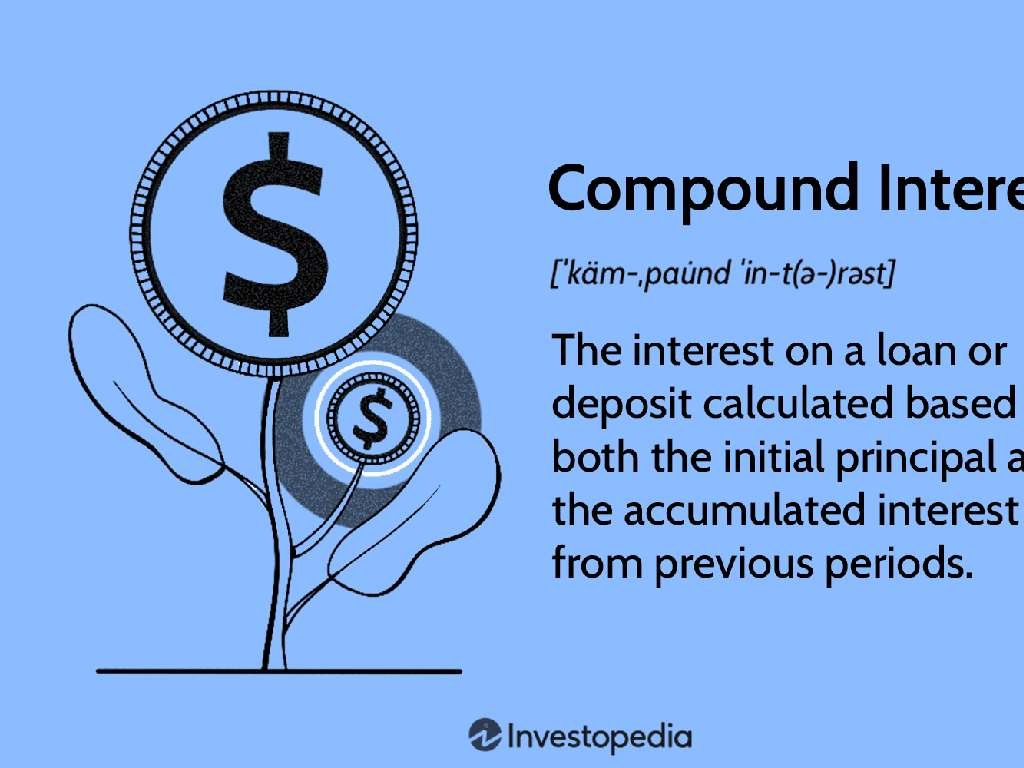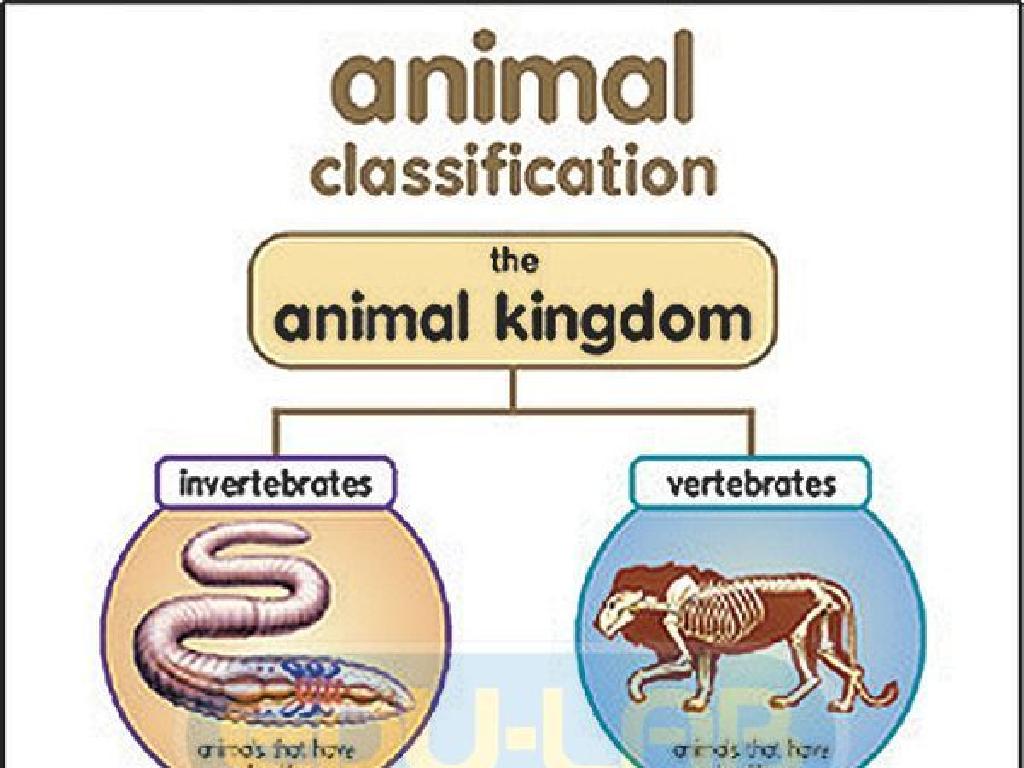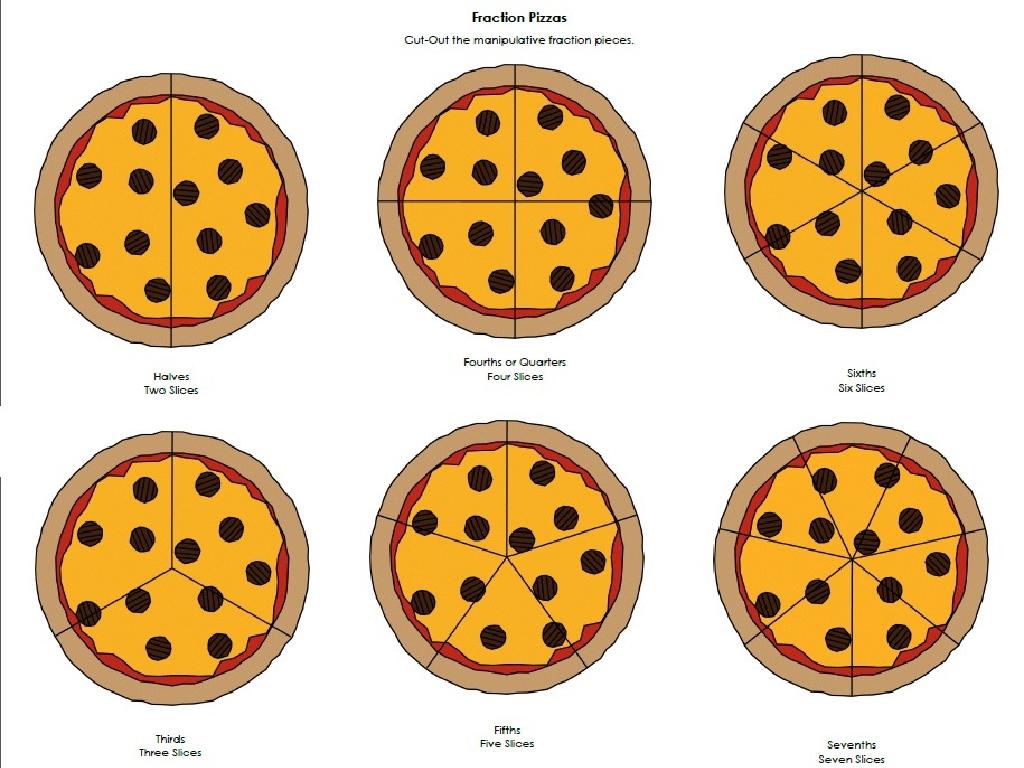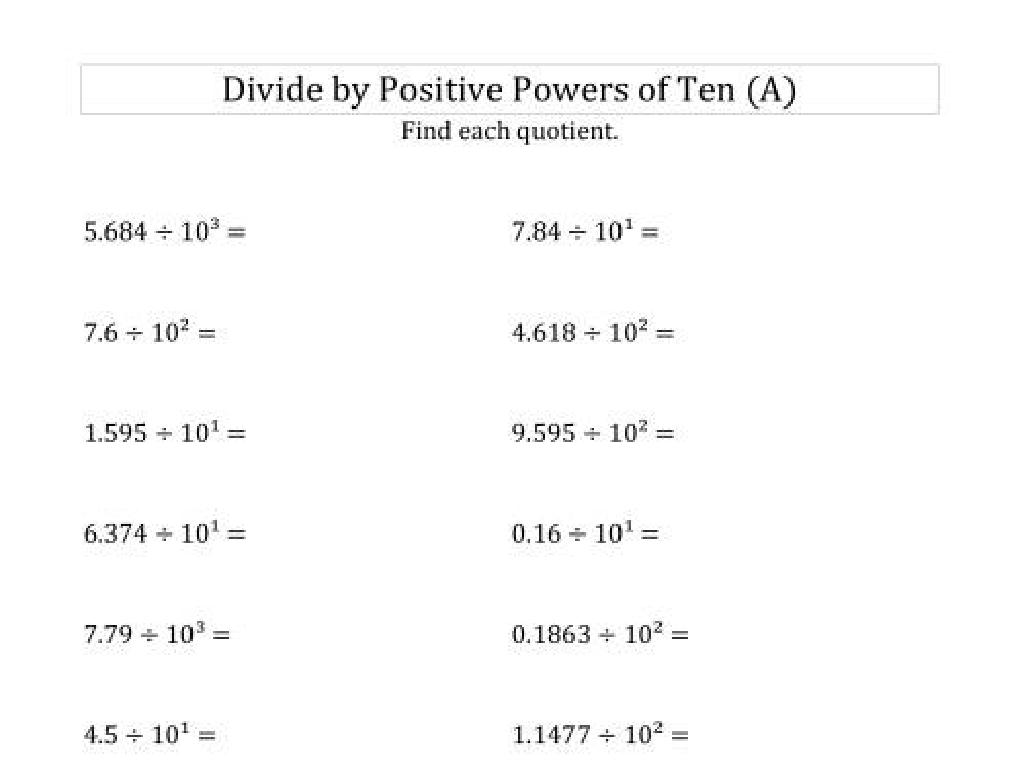Addition Sentences Up To 10: What Does The Model Show?
Subject: Math
Grade: First grade
Topic: Understand Addition
Please LOG IN to download the presentation. Access is available to registered users only.
View More Content
Welcome to Addition!
– Learning to add numbers up to 10
– Combining numbers makes new numbers
– Like putting 2 apples with 3 apples to get 5 apples
– Using pictures to understand addition
– Visual aids help us see how addition works
– Adding with objects we can touch
– Counting blocks or beads to add numbers
|
This slide introduces first graders to the concept of addition as a way of combining numbers to make new ones. Emphasize that addition is simply putting together amounts of things we see in everyday life, like apples or toys. Use pictures and physical objects like blocks or beads to visually demonstrate how two groups of items can be combined into a larger group. This hands-on approach will help students grasp the idea of addition in a tangible way. Encourage the students to participate by asking them to add items in the classroom or from their own belongings. This will make the learning experience interactive and fun.
What is Addition?
– Addition combines numbers
– The result is called the sum
– Use pictures or objects to add
– Like 2 apples + 3 apples shown in a picture
– Practice adding with fingers
– Count on fingers: 1, 2, then 3 more makes 5
|
This slide introduces the concept of addition to first graders. Start by explaining that addition is the process of combining two or more numbers to get a new number, which we call the sum. Use simple language and examples to illustrate this point. Show how addition can be visualized using pictures or objects, such as combining images of apples or actual toy apples. Encourage the students to use their fingers to add numbers up to 10, which helps them understand the concept in a tactile and visual way. Make sure to engage the students with questions and encourage them to practice adding with real objects or their fingers to solidify their understanding.
Learning Addition Sentences
– What is an addition sentence?
– It’s like a math story for adding things together.
– Parts of an addition sentence
– Numbers, a plus sign (+), and an equals sign (=).
– Example: 2 + 3 = 5
– Two things plus three things equals five things.
|
This slide introduces first graders to the concept of addition sentences. Start by explaining that an addition sentence is a simple way to write down what happens when we add things together. It’s like telling a short math story. Show them the parts of an addition sentence: the numbers we are adding, the plus sign that tells us to add, and the equals sign that shows us the result. Use concrete examples with objects they can visualize, like apples or blocks, to demonstrate the addition sentence 2 + 3 = 5. This will help them understand that when we combine two groups of objects with three more, we end up with a total of five objects. Encourage the students to create their own addition sentences using items from the classroom or their imagination.
Let’s Practice Addition Together!
– Count objects in the first group
– Count objects in the second group
– Add both groups together
– Use fingers or drawings to add
– Find the total number of objects
– Total is the sum of the two groups
|
This slide is an interactive class activity designed to help first graders practice addition with models. Start by showing a model with two groups of objects. Have the students count the objects in the first group and then in the second group. Encourage them to use their fingers or draw pictures to help them add the two groups together. After they have found the sum, discuss how the total number of objects is the combination of the two groups. This hands-on activity will reinforce the concept of addition by allowing students to visually see the process of combining two sets to find a total. Prepare different models with varying numbers of objects to ensure all students can participate and practice.
Understanding Addition with Fruits
– Our model shows 4 apples
– And 3 oranges on the other side
– We add them to find the sum
– Combining two groups to find the total
– Let’s count all fruits together!
– 4 apples plus 3 oranges makes how many fruits?
|
This slide introduces the concept of addition using a relatable context for first graders – fruits. The model visualizes 4 apples on one side and 3 oranges on the other, which the students will combine to find the total number of fruits. Encourage the students to count aloud together as a class to find the sum. This activity helps to solidify the concept of addition as combining two groups of items. It’s a hands-on approach that makes learning math tangible and fun. After counting, discuss with the students that 4 apples plus 3 oranges equals 7 fruits in total, demonstrating that addition is about finding how many items there are altogether.
Creating Our Own Addition Sentences
– Make your own addition sentence
– Use desk objects for two groups
– For example, 3 pencils + 2 erasers
– Write the addition sentence
– Calculate the sum of the groups
– Add the number of objects in both groups
|
This slide is an interactive class activity designed to help first graders understand addition by using tangible objects. Encourage students to pick any items they have on their desks, such as pencils, erasers, or small toys, and group them into two sets. They should then write an addition sentence representing the total count of the two groups combined and solve for the sum. For example, if a student has 3 pencils and 2 erasers, they would write ‘3 + 2 = 5’. This hands-on activity will help solidify the concept of addition by visualizing and physically manipulating the objects. Provide guidance and ensure each student is able to form and solve their addition sentences. Offer praise and assistance as needed.
Class Activity: Addition Bingo!
– Let’s play Addition Bingo
– Match models to addition sentences
– Look for models showing sums up to 10
– Place a marker on correct matches
– Use counters or fun stickers as markers
– Yell ‘Bingo!’ for five in a row
– Get ready to celebrate your Bingo win!
|
This interactive activity is designed to help first graders practice addition up to 10 in a fun and engaging way. Provide each student with a Bingo card that has different addition sentences up to 10. Display models of addition problems using objects or images, and students will place a marker on their card if they have the corresponding addition sentence. This game encourages quick recognition of addition models and reinforces the concept of addition. Be prepared with small prizes for winners to keep the game exciting. Possible variations of the game could include using different themes for Bingo markers, playing in small groups, or having students create their own Bingo cards with addition sentences they’ve written themselves.






